In addition, we also accept special orders for items such as
spears, naginata, kusarigama, and kusarikatabira.
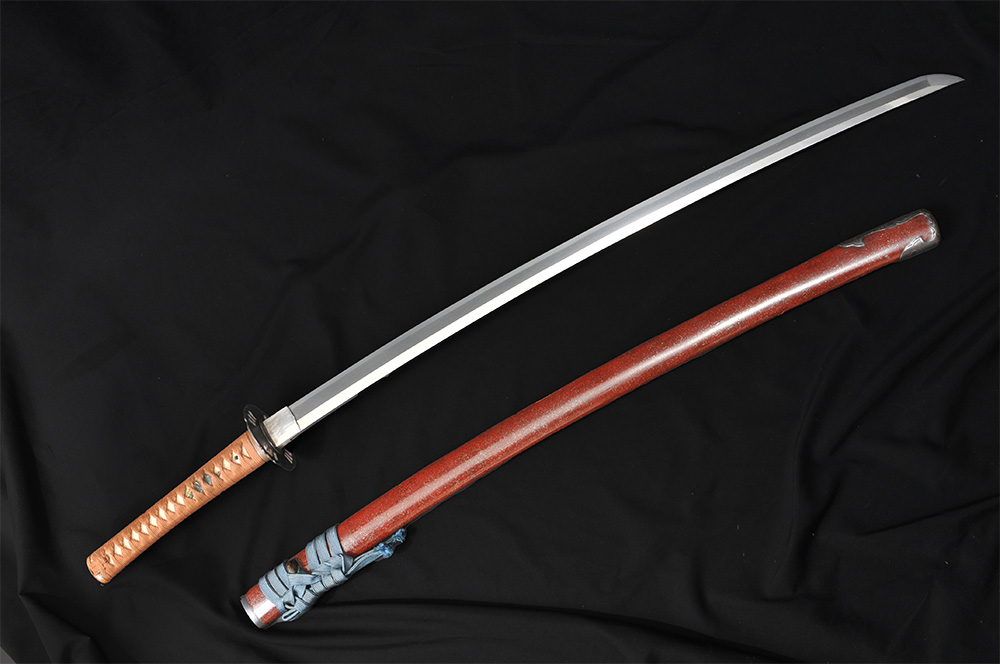
The history engraved on the blade and its fittings, along with the craftsmanship of the artisans from the time, continue to shine even beyond the passage of time —this is the charm of antique swords. The beautiful jigane (core steel) created through folded forging, the distinctive hamon (temper line) on each blade that displays unique patterns, the intricate engravings on the tsuba (guard), and the tsuka (handle) imbued with the thoughts of its owner. These are not merely weapons, but masterpieces that blend the enduring history, the culture passed down through generations, and the unique aesthetic sense possessed only by the Japanese people. The collection carefully selected by our shop consists of exceptional works from the Kamakura period to the present day. These swords, which embody the spirit of the samurai, offer not just decorative value but, together with the history behind them, bring a special presence to their owner.
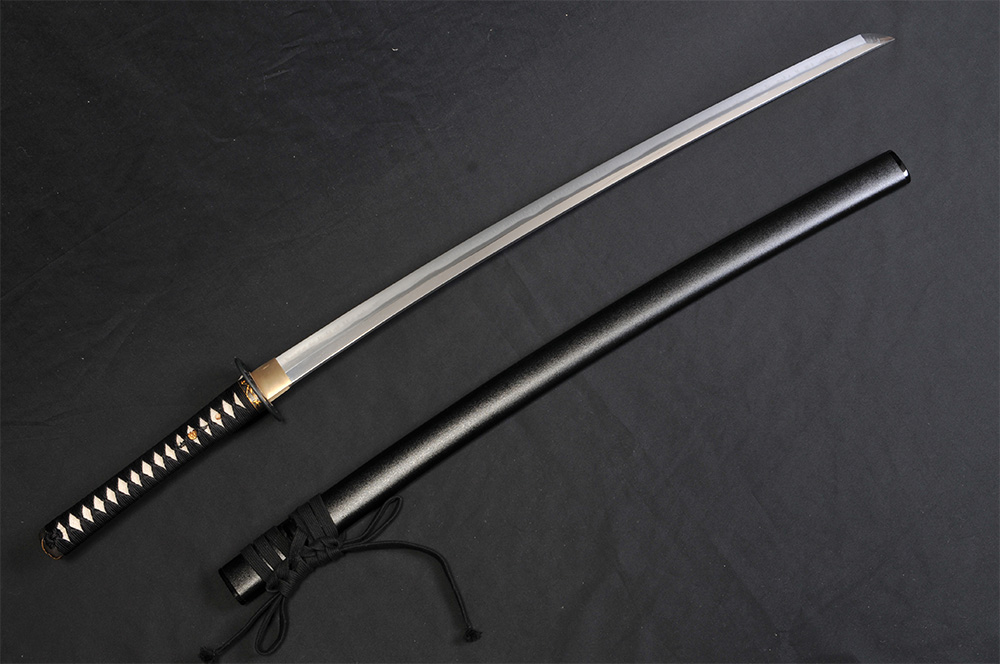
A batto-yo sword is a practical weapon specifically designed for cutting. The blade, crafted from carefully selected tamahagane (traditional steel) and traditional forging techniques, excels in sharpness and durability, offering stable performance in kenjutsu (swordsmanship) and tameshigiri (test cutting).The fittings are expertly crafted by skilled artisans with years of experience, featuring a well-balanced center of gravity and an easy-to-grip tsuka (handle) — all designed to maximize the user’s movements. This sword is not only a true tool for those who seek to refine their skills, but also a work of art that pursues beauty.
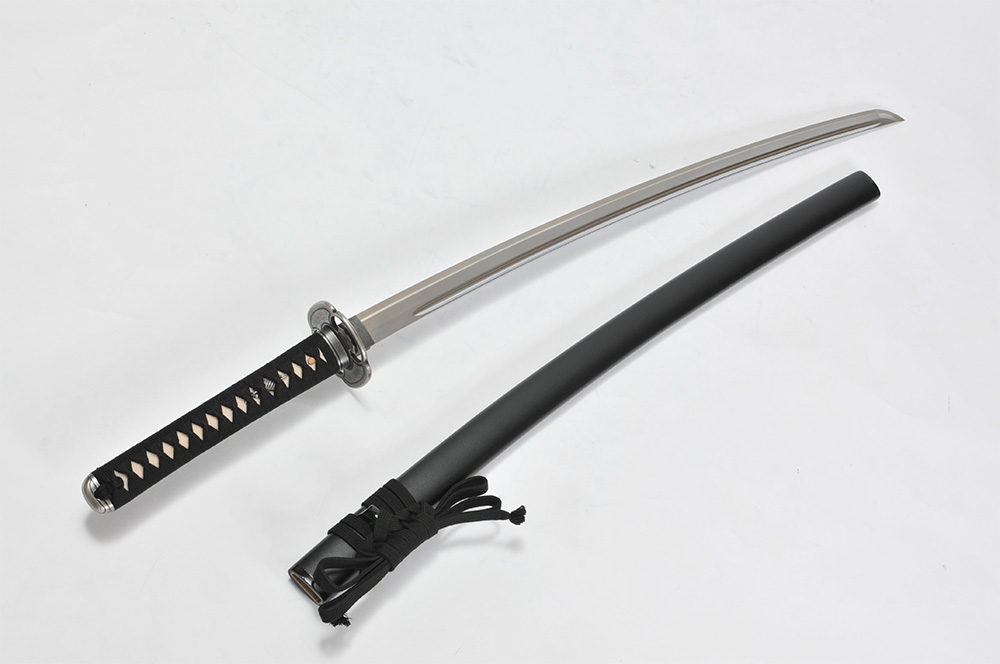
A kenjutsu sword for stage and film is not just a prop. It is a genuine tool designed to bring life to the performance, drawing out the movements and emotions of the actor to their fullest. While the texture of the blade evokes that of a real sword, it is designed with lightweight materials to prioritize ease of handling and safety. The well-balanced construction enables sharp, fluid movements, allowing for striking cuts that captivate the audience. Every detail, from the feel of the handle to the shine of the blade, has been meticulously crafted to achieve both realism and functionality, ensuring safety as well. Whether in period dramas, action films, or theatrical performances, this sword will exude an unmatched presence, surpassing even that of a real blade in some cases.
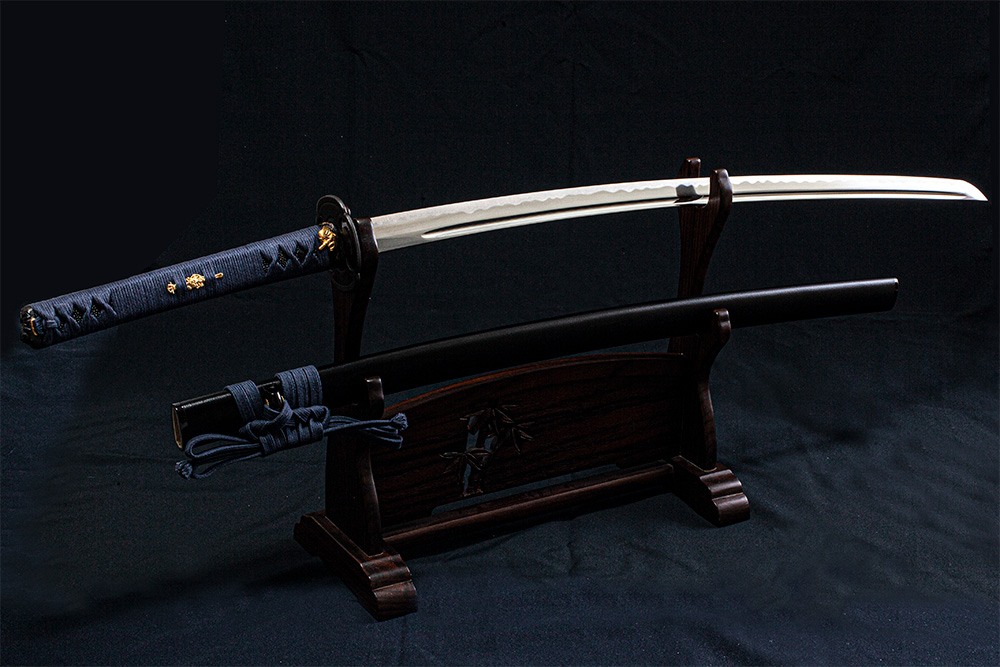
In a single flash, there resides both tranquility and a sharpened spirit. The iaido sword from Toyama-do is not merely a replica sword; it is a true companion designed to hone both mind and technique. While the fittings inherit traditional craftsmanship, the blade is made from a special reinforced alloy, utilizing modern casting techniques and materials. This approach ensures optimal ease of drawing, smooth return, and precision in cutting. The ideal balance of the center of gravity, along with the stable and comfortable handle, allows for accurate movements, making it suitable for practitioners of all levels, from beginners to advanced. Furthermore, the beautifully restored hamon (temper line) and the saya (scabbard) that protects the blade not only enable smooth drawing and sheathing but also embody the spirit and aesthetic consciousness of iaido. The craftsmanship poured into each sword will further elevate your performance.
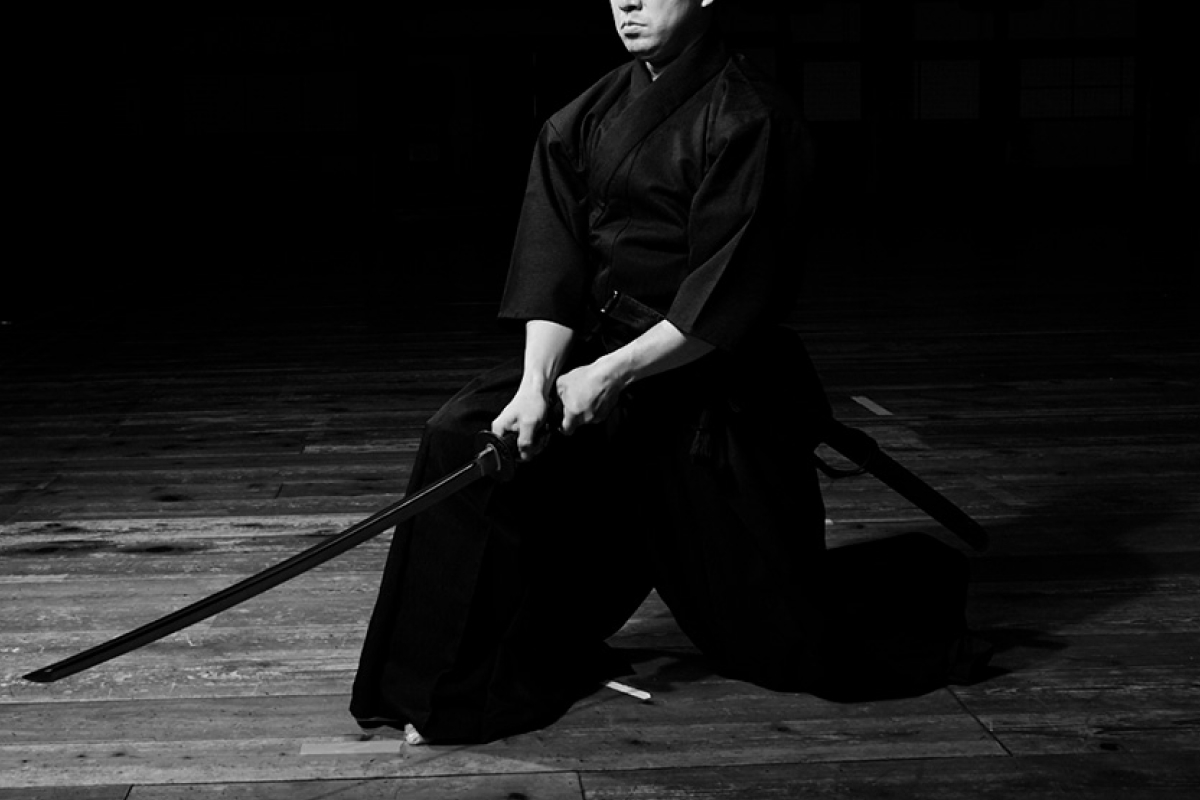
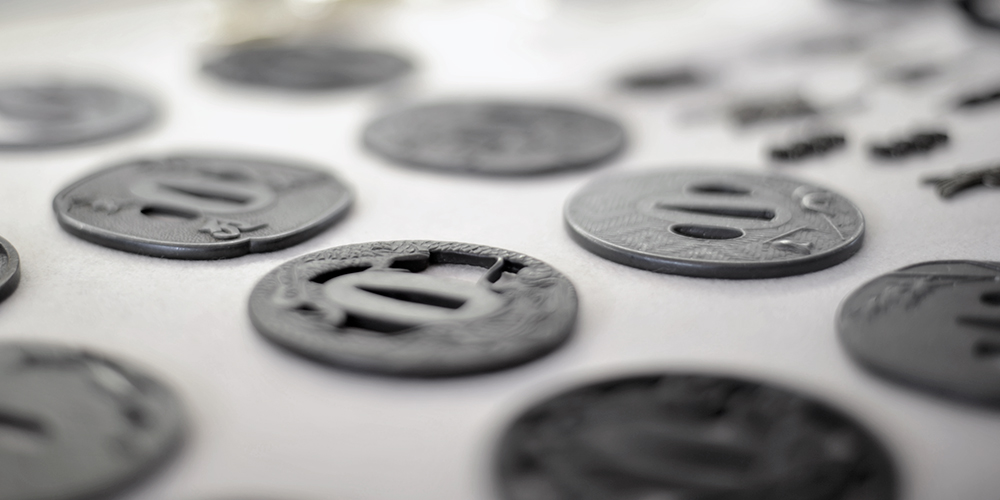
Sword fittings are essential elements that enhance the functionality of the sword, while simultaneously being works of art that embody the craftsmanship and aesthetic sensibility of the artisans. For example, the tsuba (guard) and menuki (ornamental grips) not only help balance the sword and improve ease of handling, but their beauty also reflects the personality of the owner Intricate carvings, delicate gold inlay, and exquisite lacquer finishes—each piece is a piece of decorative craftsmanship passed down through history. From traditional designs to modern adaptations, the wide variety of sword fittings harmonizes perfectly with any sword, further accentuating its charm. The true essence of sword fittings lies in the coexistence of practicality and beauty.
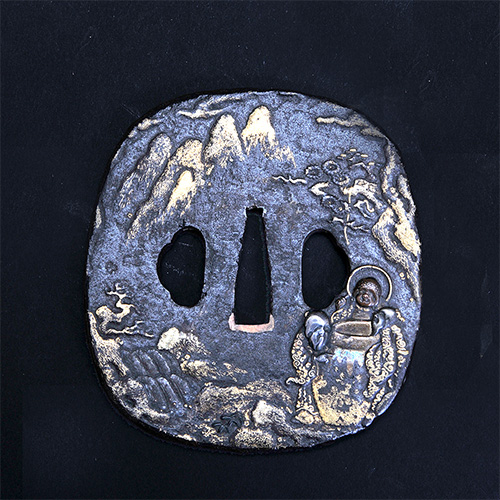
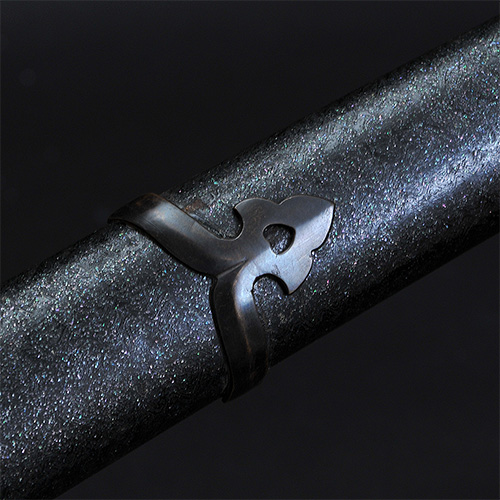
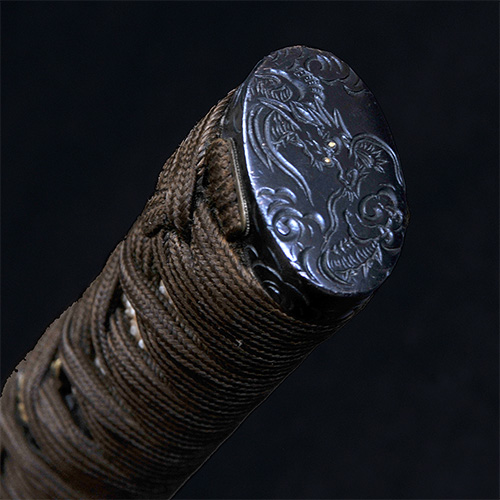

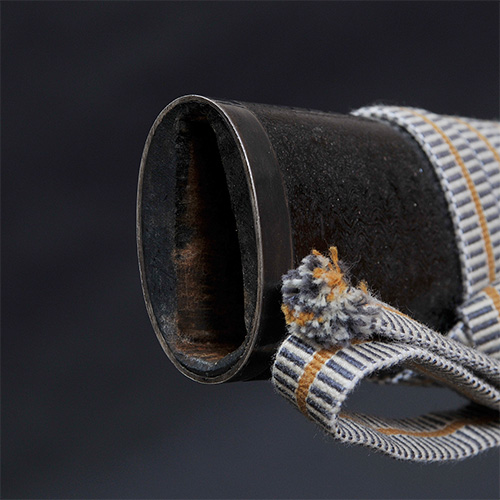
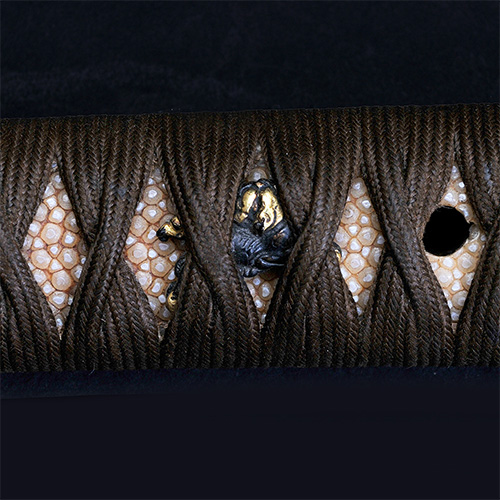
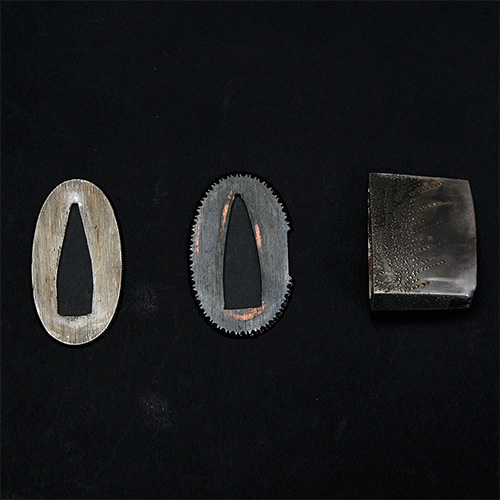
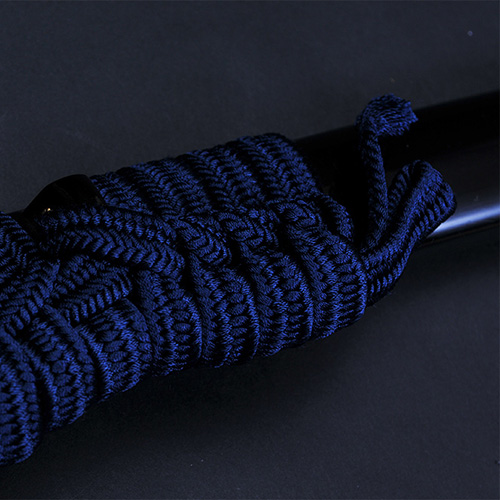
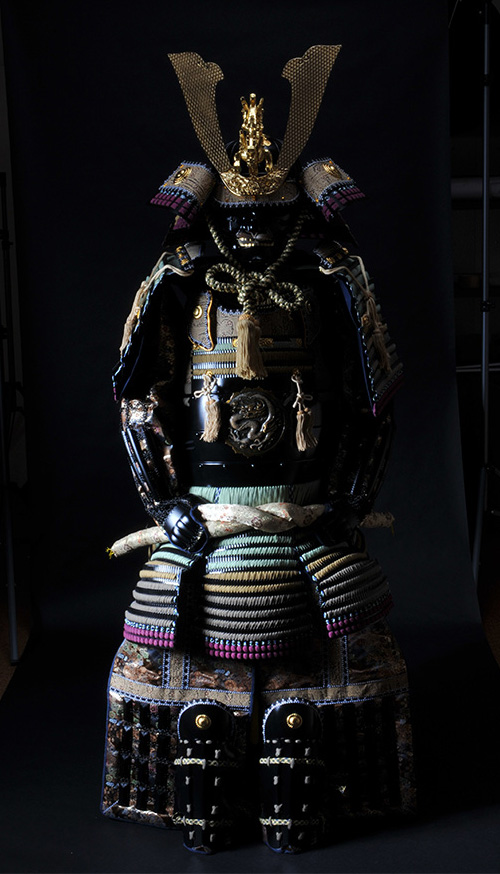

Japanese armor (katchu) is a symbol of history that transcends time, combining both defensive and functional qualities for the protection of the samurai in battle, while ensuring mobility. It embodies the warrior culture and showcases artistic craftsmanship, skillfully combining iron, leather, and cloth with various traditional techniques. However, it is not merely protective gear; it is adorned with intricate cord work, metal craftsmanship, and lacquer finishes, carrying significant meaning as it represents the family crest and pride passed down through generations. Particularly in the case of armor, such as the yoroi (body armor) and kabuto (helmet), the design and decorations elevated the samurai’s dignity and displayed an overwhelming presence against the enemy. Crafted by hand by skilled artisans, each piece of armor retains its beauty and weight even as time passes, and today, these masterpieces are carefully preserved by museums and collectors alike.
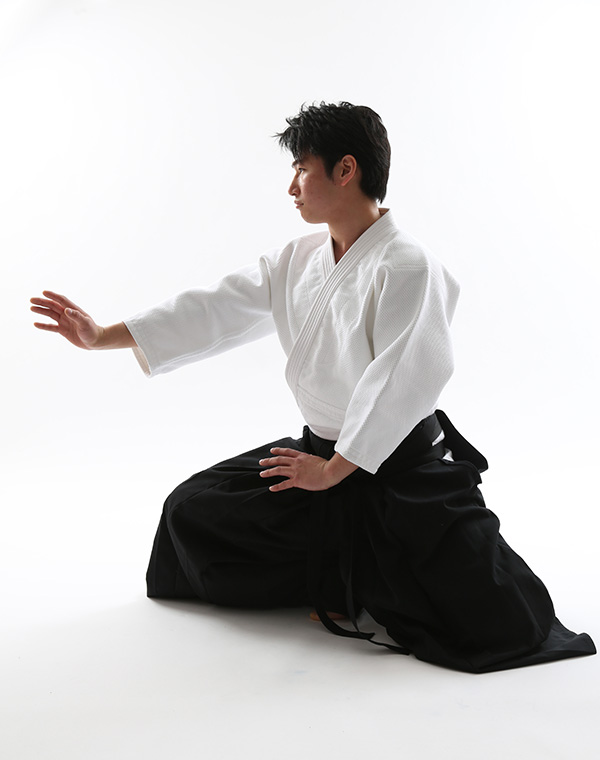
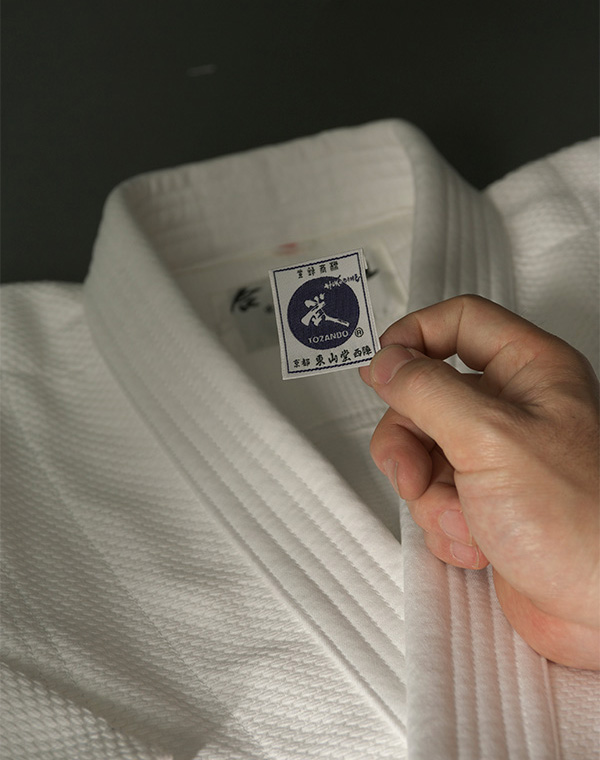
Aikido uniforms are not only an essential partner that supports the practitioner’s spirit and technique, but also play a significant role in offering ease of movement, durability, and symbolizing the practitioner’s inner mindset. Made from carefully selected cotton and linen, the fabric is lightweight yet durable, fitting the body smoothly without restricting movement. It adapts fluidly to the body’s motions, particularly offering freedom around the shoulders and arms, enhancing the fluidity of techniques. The uniform is designed for comfort, even during long training sessions. The hakama (trousers) provide stability with a firm fit around the waist, ensuring ease of movement while embodying the traditional aesthetic that highlights the practitioner’s posture.

Iaido uniforms are designed to optimize the swift drawing and returning movements required in Iaido, combining ease of movement with the dignified traditional beauty of the attire. For this reason, Iaido clothing must be tailored to fit the body while allowing freedom of movement.In particular, Toyama-do’s gi (uniform) is carefully crafted to avoid unnecessary strain around the shoulders and torso, ensuring that every movement, especially when exerting force, flows smoothly. The fabric used is lightweight yet durable, making it suitable for extended training sessions. Furthermore, Toyama-do’s iaido hakama (trousers) feature a unique design that takes into account the specific movements of Iaido, allowing for smooth footwork while stabilizing the waist. With high-quality fabric and meticulous stitching, these uniforms support and enhance your Iaido performance to its fullest potential.
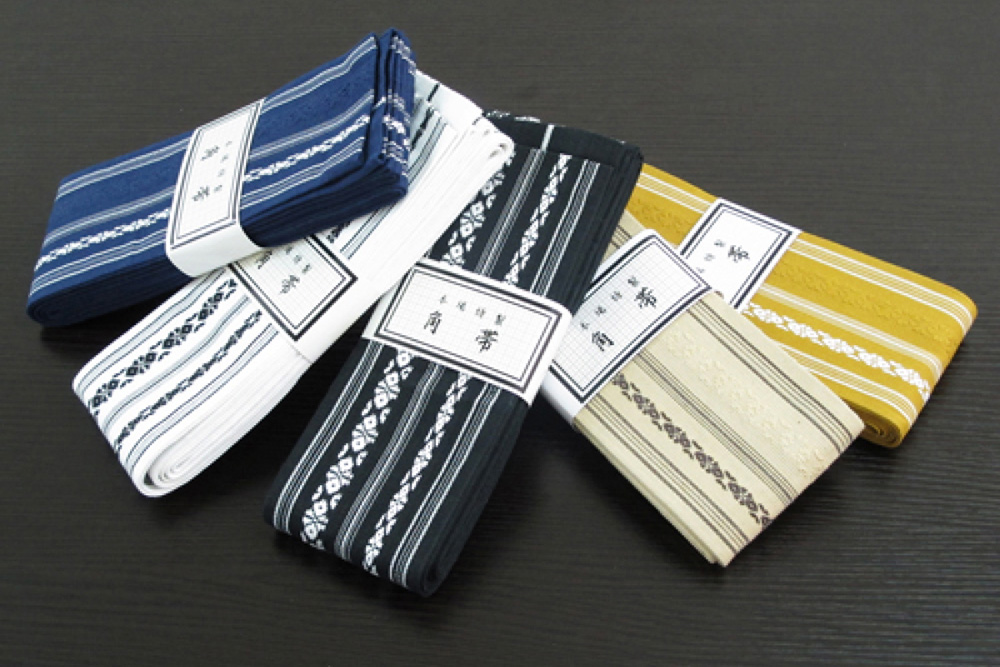
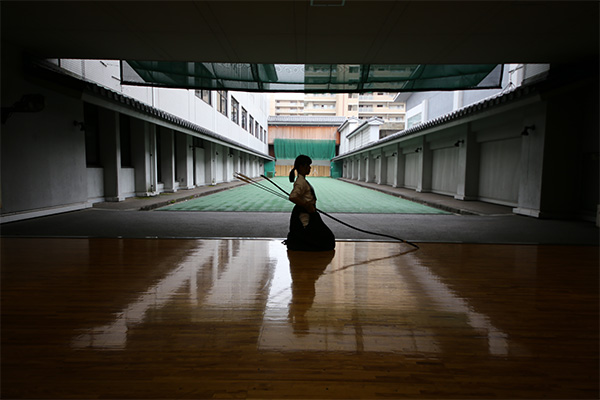
Kyudo equipment is essential to achieving the harmony of mind, technique, and body in the practice of Kyudo. When the bow, arrows, and attire are in perfect harmony, they become true partners in embodying the essence of Kyudo. The bow is the most important tool in Kyudo, and selecting the right draw weight (kyuryoku) and length tailored to the archer ensures the generation of maximum energy for accurately shooting the arrow. The fletching and arrowhead are meticulously crafted to ensure stability during flight, with every detail—from the length and weight to the feather arrangement—supporting the archer’s precision and enhancing technical accuracy for hitting the target Furthermore, Kyudo uniforms and hakama support the practitioner’s movements and posture, while also reflecting the discipline and etiquette of the martial art. Toyama-do’s Kyudo attire is lightweight and designed with simplicity, allowing for ease of movement while maintaining a refined and functional design.
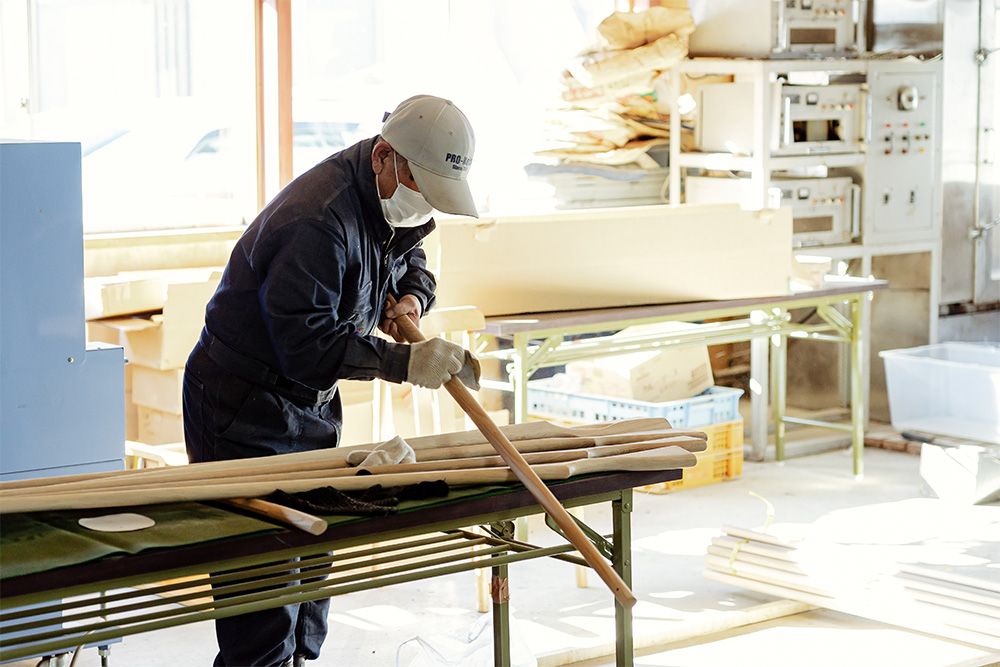
The bokken is an essential tool in the training of all martial arts, enabling practitioners to focus on each strike and deeply internalize proper movements. It is especially indispensable for beginners, helping them develop their understanding of body mechanics, balance, and coordination. Additionally, it nurtures overall physical movement, concentration, and mental strength. The wood used for bokken is carefully dried over many years, through both natural and artificial drying processes, to prevent warping or twisting. This ensures the bokken’s durability to withstand repeated practice in martial arts, all while providing a safe training experience.

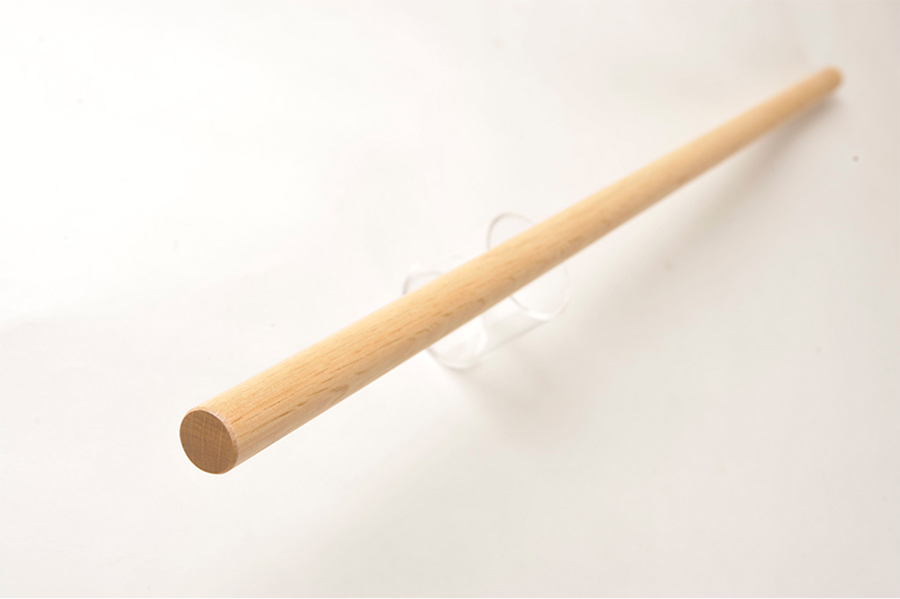
The martial arts staff, used in jojutsu and jodo, is a weapon that combines strength and flexibility.By skillfully manipulating its length, weight, and flexibility, it allows the practitioner to evade attacks and function as a tool for counterattacks. The wood used for the staff is thoroughly dried over many years through both natural and artificial drying processes to prevent warping or twisting, ensuring its durability for repeated training in martial arts while allowing for safe practice. Additionally, considering the unique movements of sliding the staff with the palms, Toyama-do’s staffs undergo more polishing steps than usual, ensuring a smooth and secure grip. Practicing jojutsu and jodo not only improves technical skill but also helps strengthen the martial spirit. By using the staff, one can maintain mental calm, enhance concentration, and cultivate a sharp sense for responding to the opponent’s movements.
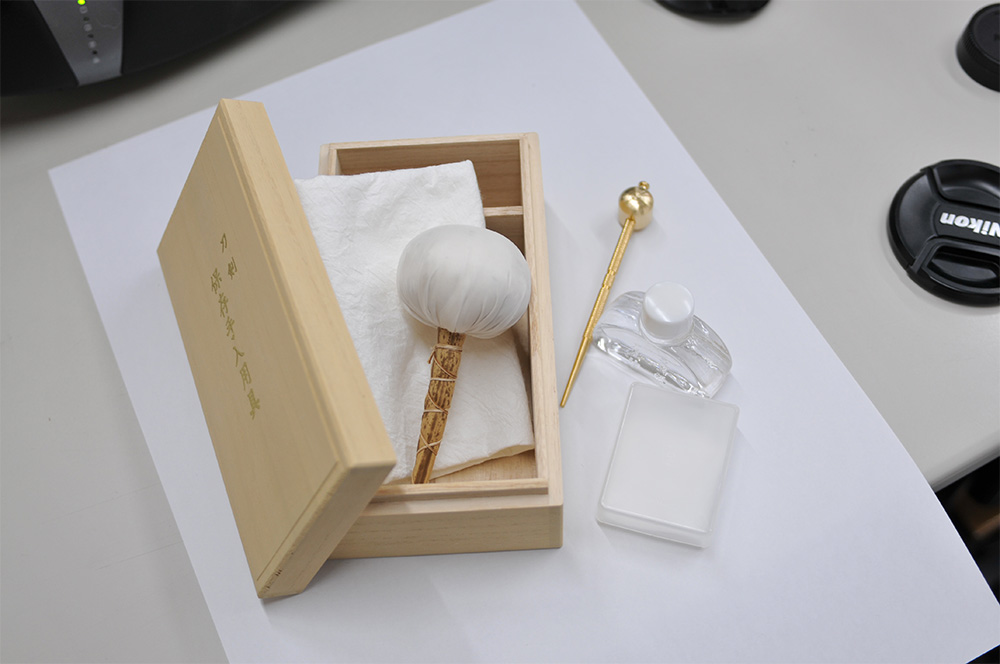
Sword maintenance tools are essential for keeping your treasured sword beautiful and in excellent condition over time.Proper care after either admiring or using a sword can protect the blade from rust and dirt.There are various maintenance tools, each playing an important role. For example, nuguigami (wiping paper) is a type of washi paper used to remove dirt or fingerprints from the blade and to evenly apply oil.Blade oil creates a protective layer to prevent the blade from being exposed to air and protects it from rust. It is ideal to apply fresh oil every three months. There are also compact maintenance kits that contain all the necessary tools for sword care, making it very convenient. Regular maintenance is a sign of respect for the sword and is an important task in building a deep bond between the sword and its owner.